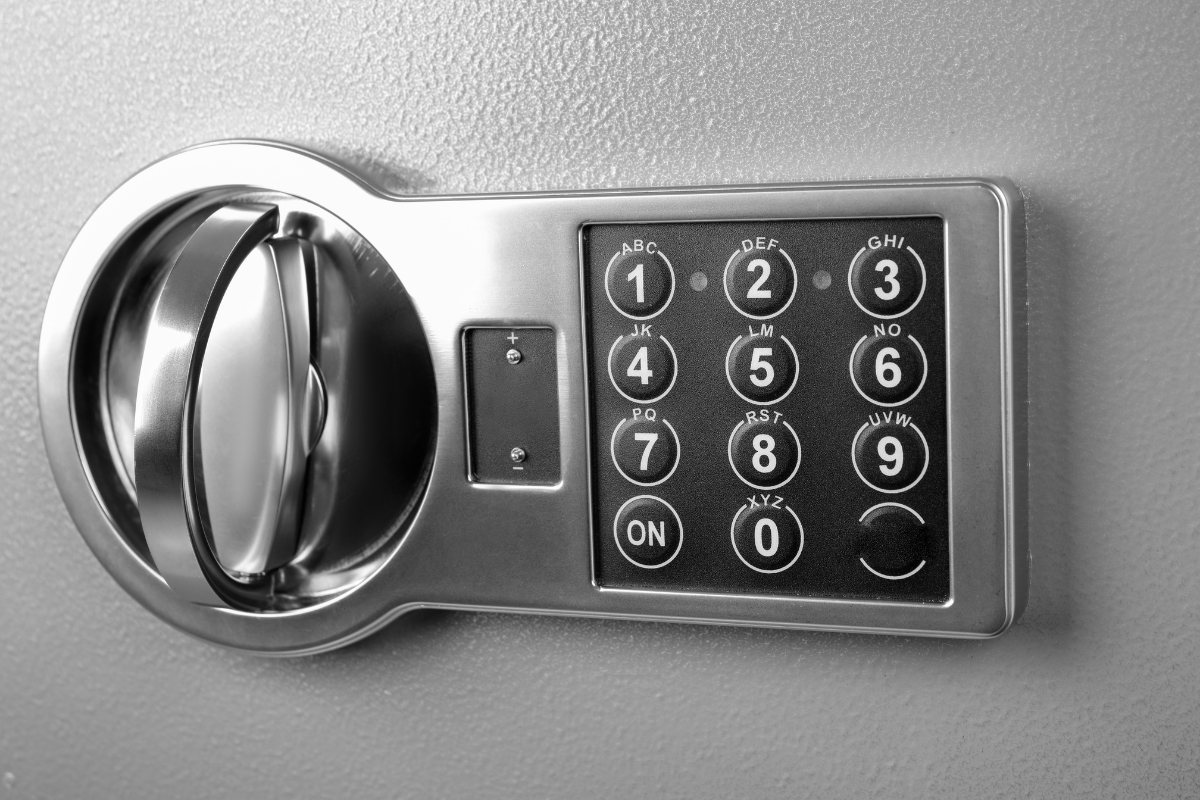What Is Wrong Try Penalty
Wrong try penalty, also known as penalty time, is a security feature commonly found in safes to deter unauthorized access. When an individual enters an incorrect combination or key after several false attempts, the safe triggers a penalty or delay before allowing further attempts to open it.
The purpose of the wrong try penalty is to make it more difficult for potential intruders to guess the correct combination or key, thereby discouraging unauthorized access. By imposing a penalty for each incorrect attempt, the safe effectively slows down the process of brute-forcing the lock, making it less likely for an unauthorized person to gain access.
How Does Wrong Try Penalty Work
The specific penalty or delay imposed by the wrong try penalty can vary depending on the design of the safe. It may involve a time delay, where the safe remains locked for a certain period of time after a wrong attempt. Alternatively, it may involve a lockout, where the safe becomes completely inaccessible for a predetermined period or until a reset procedure is performed.
Application in High-Security Safes
Wrong try penalties are commonly implemented in high-security safes used in banks, jewelry stores, or government facilities. These safes are designed to protect valuable assets or sensitive information, and the wrong try penalty adds an extra layer of security to prevent unauthorized access.
In electronic safes or safes with digital locks, incorrect attempts to enter the correct code can trigger a penalty, such as a temporary lockout or a reset requirement. This feature ensures that even if someone manages to obtain the correct code through unauthorized means, they will still face a penalty or delay in accessing the safe.
Frequently Asked Questions
How Long Does a Sentry Safe Lock You Out
Sentry Safes have a lockout mode that is activated when the wrong code is entered multiple times. During this lockout mode, the safe remains inaccessible for approximately 30 minutes. A beeping sound is often heard when the safe is in lockout mode, serving as an indication of its status.
